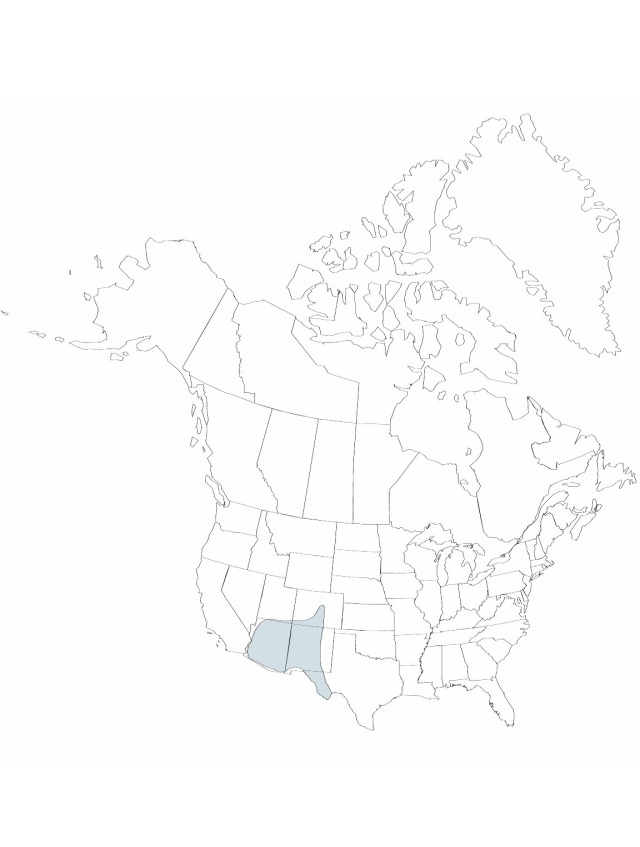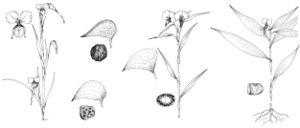Difference between revisions of "Commelina dianthifolia"
in P. J. Redoute,Les Liliacees...a Paris 7(65): plate 390. 1812.
FNA>Volume Importer |
FNA>Volume Importer |
||
| Line 45: | Line 45: | ||
|publication year=1812 | |publication year=1812 | ||
|special status= | |special status= | ||
| − | |source xml=https://jpend@bitbucket.org/aafc-mbb/fna-data-curation.git/src/ | + | |source xml=https://jpend@bitbucket.org/aafc-mbb/fna-data-curation.git/src/f6b125a955440c0872999024f038d74684f65921/coarse_grained_fna_xml/V22/V22_20.xml |
|genus=Commelina | |genus=Commelina | ||
|species=Commelina dianthifolia | |species=Commelina dianthifolia | ||
Revision as of 20:01, 24 September 2019
Herbs, perennial, unbranched to usually sparsely branched. Roots tuberous. Stems erect to ascending. Leaves: blade linear to linear-lanceolate, 4–15 × 0.4–1 cm, apex acuminate, glabrous to puberulent. Inflorescences: distal cyme usually 1-flowered, exserted; spathes solitary, green, often suffused and/or striped with purple, pedunculate, falcate or not, 2.5–8 × 0.7–1.7 cm, margins distinct, scabrous, not ciliate, apex acuminate, glabrous to puberulent; peduncles 1.5–9.5 cm. Flowers bisexual and staminate; pedicels puberulent; petals dark blue, proximal petal somewhat smaller; staminodes 3; antherodes yellow, cruciform. Capsules 3-locular, 2-valved, 5–6 mm, apiculate. Seeds 5, brown, 2.2–2.7 × 1.7–2.2 mm, rugose, pitted.
Phenology: Flowering summer–fall.
Habitat: Rocky soils
Distribution

Ariz., Colo., N.Mex., Tex., Mexico.
Discussion
Two varieties have been recognized: Commelina dianthifolia var. dianthifolia (Arizona, New Mexico, Texas), with the spathes gradually tapering into a long, acuminate apex, and C. dianthifolia var. longispatha (Torrey) Brashier (Arizona, Colorado, New Mexico), with the spathes abruptly narrowed below the middle into a long, attentuate tip (C. K. Brashier 1966). Although most U.S. specimens are readily separable into these taxa, their ranges and ecologies overlap very broadly in Arizona and New Mexico. Until their variation in Mexico is studied, I can see no useful purpose in maintaining these varieties.
Selected References
None.
